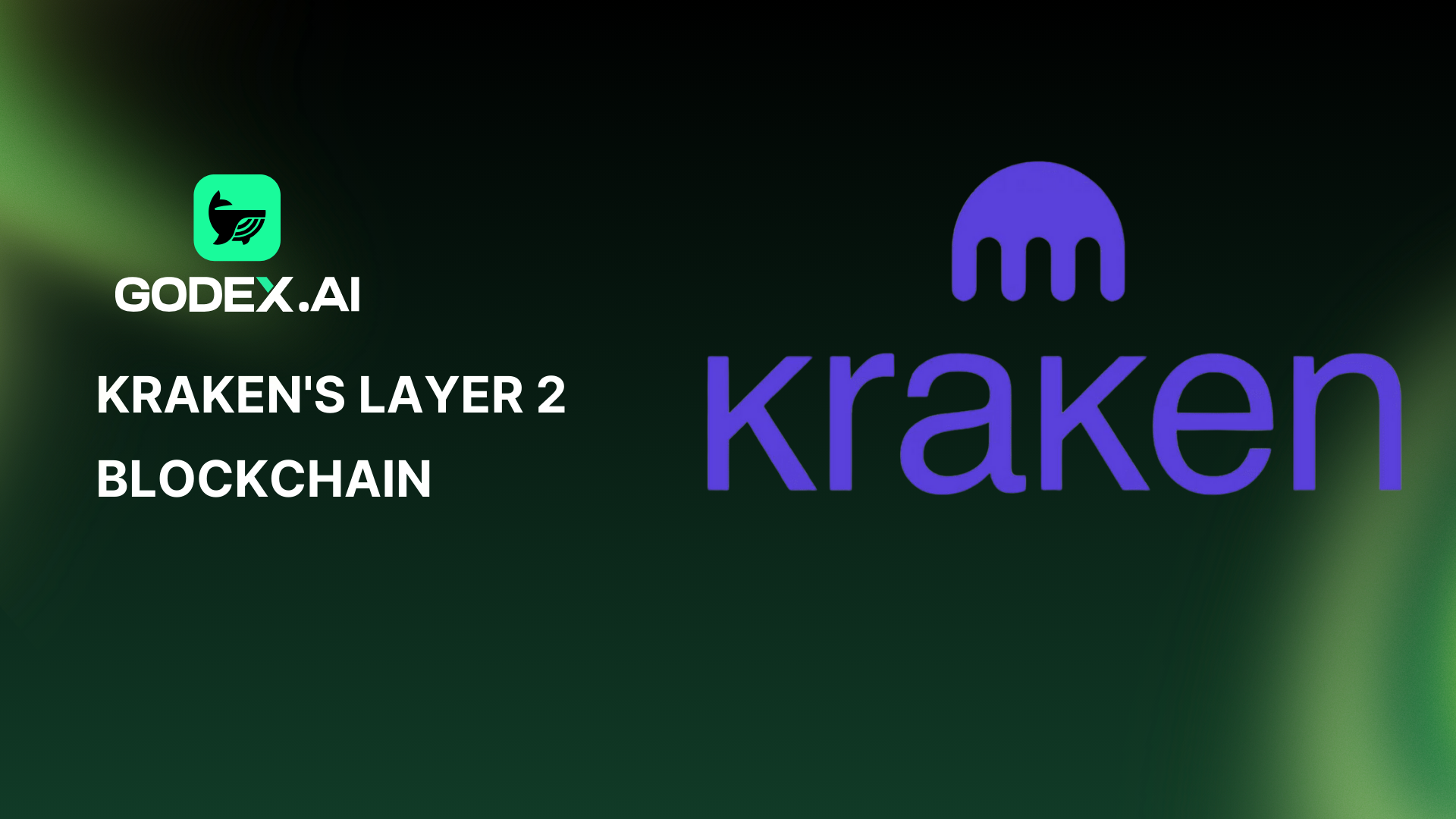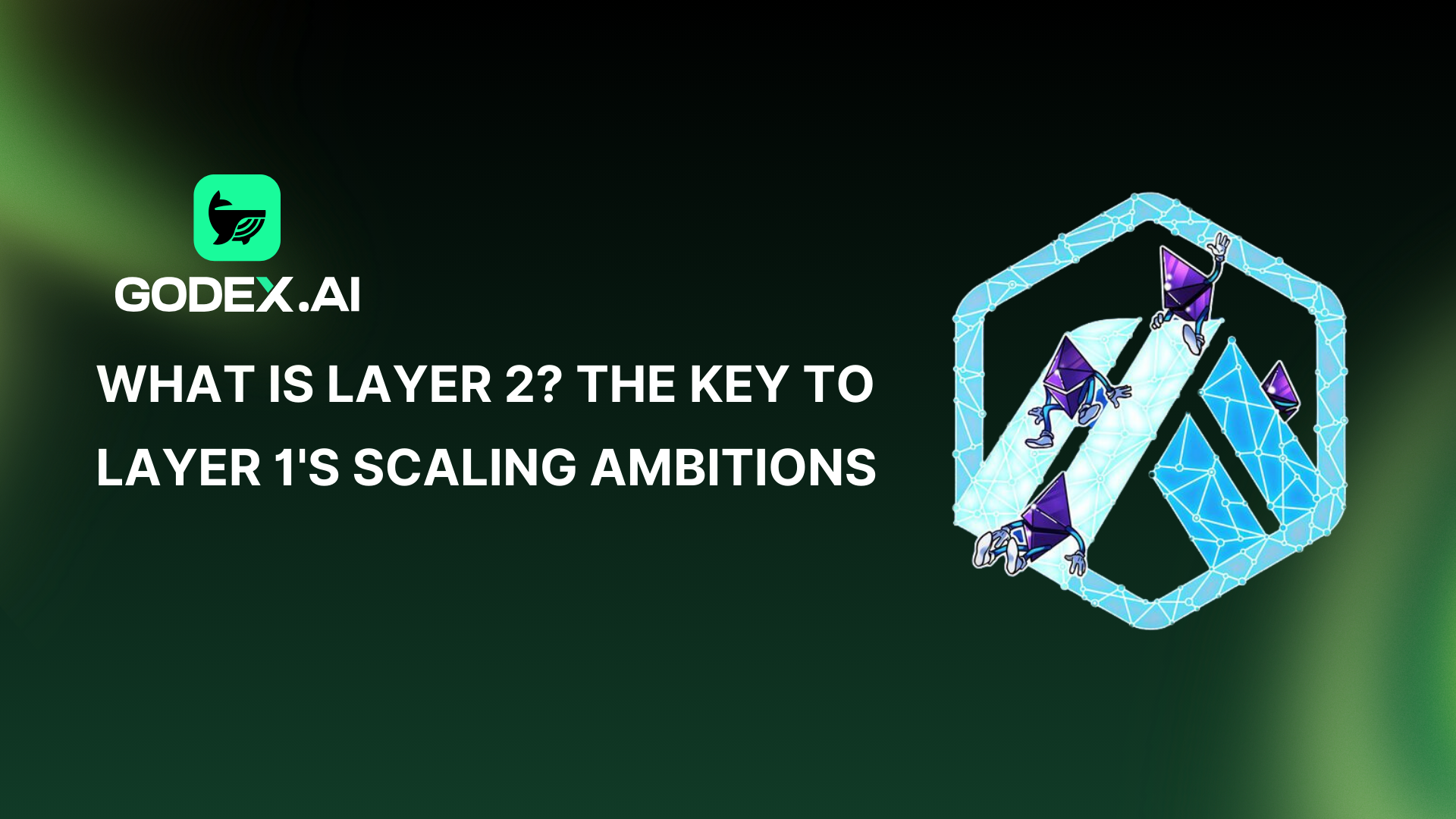What is Ink?
Ink is a layer 2 blockchain developed by the Kraken exchange team. The project uses the OP Stack toolkit, which helps the network achieve fast transaction speeds and good scalability in the Superchain ecosystem .
Ink’s goal is to become the leading network in the DeFi space, while providing developers with a full toolkit to build dApps.
Ink Products
Although the mainnet was only launched in December 2024, Ink already has a diverse ecosystem with many different types of dApps. Below are some of the prominent dApps at Ink, users can participate in the experience for a chance to receive airdrops.
Bridge
Currently, the Ink network is supported by many bridges, allowing the transfer of assets from other networks. Some of the major bridges include:
-
Bungee Exchange : Developed by Socket, this is the infrastructure that allows developers to build bridges. Currently, Bungee Exchange supports transferring assets to Ink from over 11 different networks.
-
Hyperlane : Bridge supporting multi-chain transactions with major networks such as Viction, Eclipse, Injective…
-
LayerZero : One of the largest bridges in the crypto market, supporting over 110 networks. According to DeFiLlama, LayerZero’s daily trading volume reaches $100 million.
-
Additionally, Ink’s native bridge is built on top of the Gelato toolkit.
DeFi
Ink offers a full range of financial tools, from DEX, lending to staking. Some of the prominent projects in the DeFi segment on Ink include:
-
DEX: Inkyswap, Owlto, Velodrome…
-
Lending/Borrowing: Ionic, Frax…
-
Staking/Restaking: Dinero, The Deep…
-
Stablecoin: Curve Finance
-
Meme Launchpad: InkyPump
Overall, Ink’s ecosystem is relatively complete and provides many utilities to meet investors’ needs. However, compared to other major Layer 2s, Ink still lacks “iconic” breakthrough dApps. For example, the Optimism ecosystem is famous for the DEX Velodrome, while when mentioning Base, people often think of Aerodrome.
Infrastructure
Although it has just been launched, Ink already possesses full tools and infrastructure to serve investors and users, including:
-
Blockchain Explorer: Blockscout, OKX Explorer…
-
Data Analytics: Dune, Token Terminal…
-
Oracle: Pyth Network, Redstone, SEDA…
-
Web3: SAFE, ZeroDev, Kraken Wallet, Rainbow…
-
Domain Name: 3DNS, ZNS Connect
-
NFT: NFTs2Me
Ink Highlights
Here are some of Ink’s highlights:
-
Fast transaction speed : According to the development team, Ink has a fast block generation time of 1 second/block and is aiming for less than 1 second/block.
-
Low transaction fees : Thanks to the use of OP Stack, transaction fees on Ink are relatively low, only about 0.02 USD/transaction.
-
EVM Compatibility : Ink is highly compatible with EVM, making it easy for developers to deploy dApps on the network.
-
Account Abstraction : Account Abstraction technology simplifies the user’s transaction process.
-
High scalability : Ink uses OP Stack, which helps to expand to other blockchains that also use this tool such as Base, Sonenium, Swellchain…
Project team, investors and partners
Project Team
The team behind Ink comes from the Kraken exchange, with Andrew Koller as the project’s lead. He previously worked as an engineer at Web3 companies like Nexus Edge, Hoard, and more.
Investors and partners
Although Kraken successfully raised $122 million, the exchange did not disclose the amount raised specifically for Ink.
Ink’s strategic partners include major industry projects such as Across, Quick Node, Gelato…
Some similar projects
-
Sophon : Layer 2 blockchain on the Ethereum network. This is one of the first platforms to use the Elastic Chain solution from the zkSync team.
-
Unichain : Layer 2 blockchain developed by Uniswap Labs team. Unichain’s purpose is to help users on Uniswap trade faster and cheaper than before.

